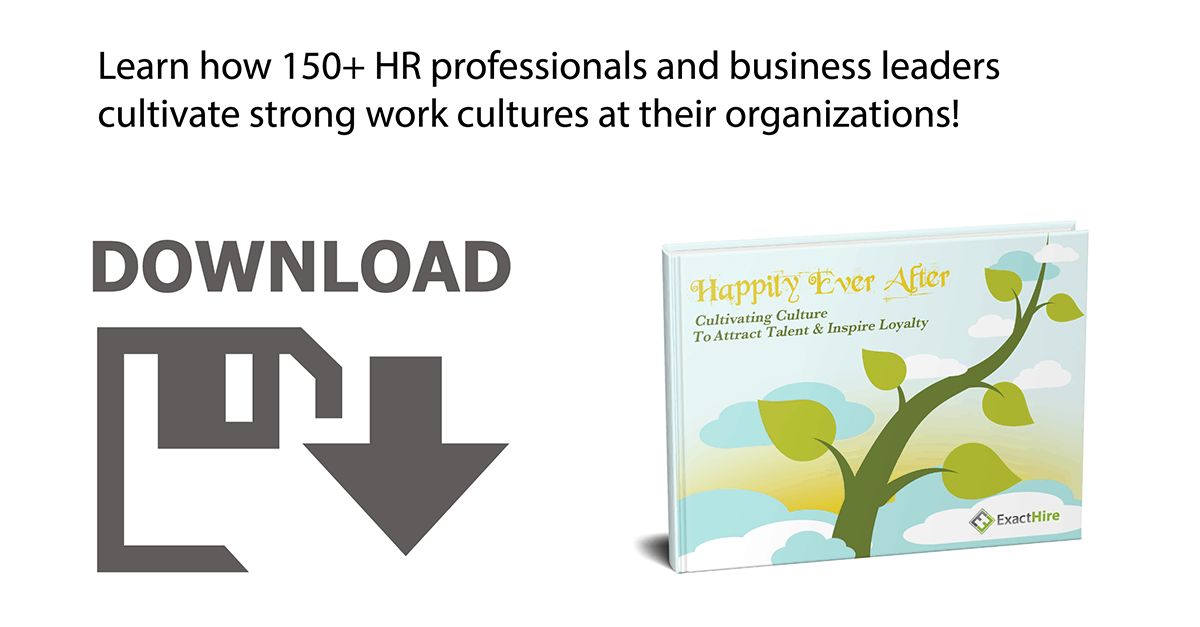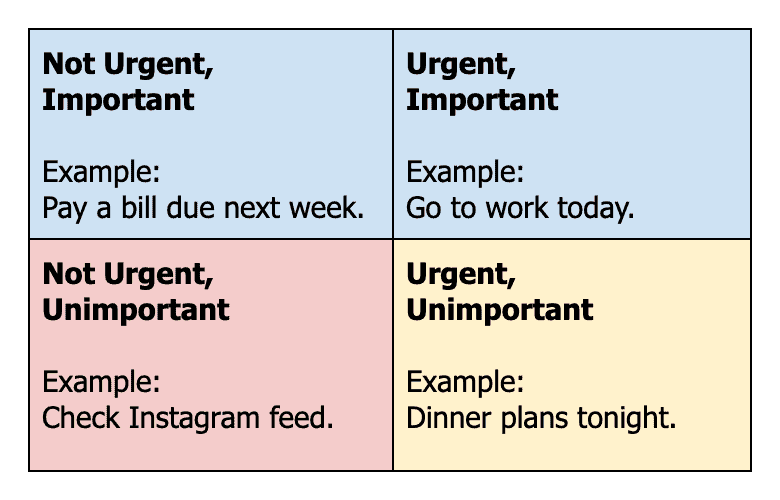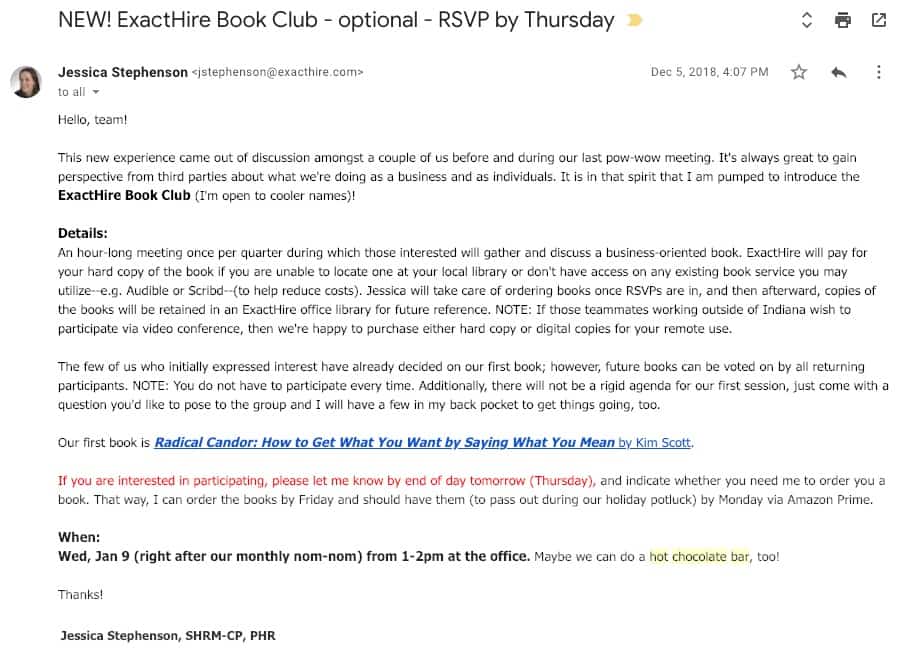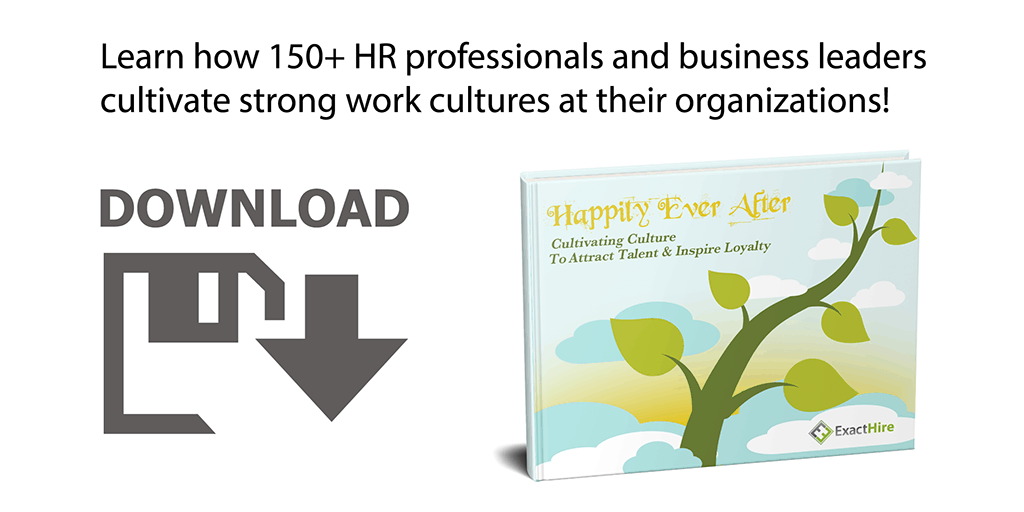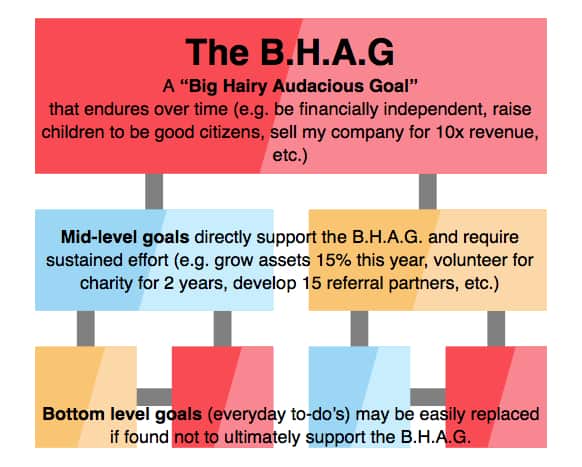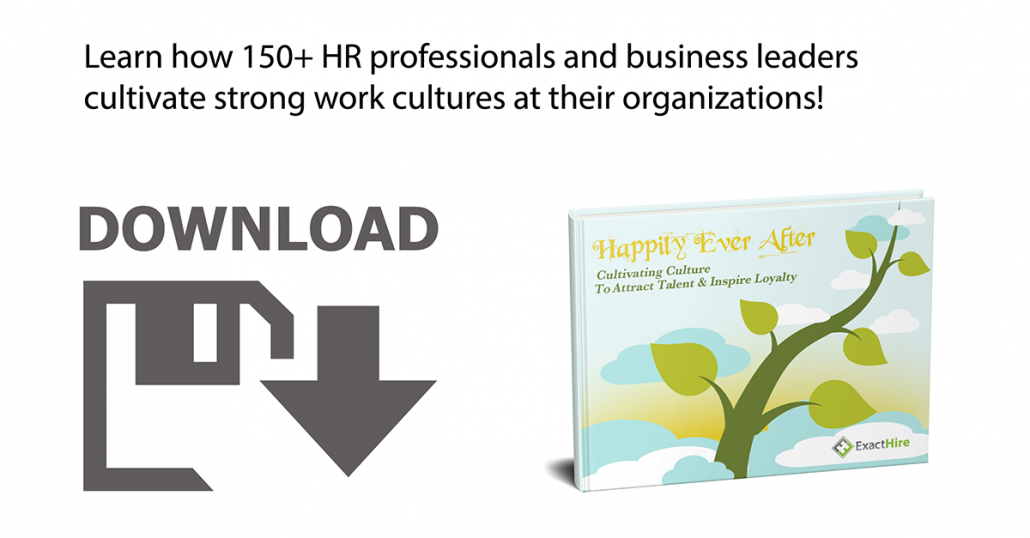I’ve been trying to get in the habit of reading professional development-oriented books more regularly lately. Not surprisingly, The Power of Habit by Charles Duhigg caught my eye for that very reason. Of course, trying to lose that last 10 pounds might have initially fueled my interest in this book, too.
Let me say that this book is TRANSFORMATIONAL. No joke. While the neuroscience behind habit formation and reformation alone is already interesting to me, I never would have anticipated reading such a rich tapestry of interwoven stories and cultural knowledge as a means to comprehend the science behind our daily rituals. Here’s a teaser of the topics awaiting you in this work:
- The presence of kebab vendors and their impact on the potential for restless citizens to riot.
- The astounding ability for patients with brain injuries resulting in no short-term memory to still find their way home.
- The Mad Men-esque story of how strategic advertising focused on habit cues launched Pepsodent into early toothpaste dominance.
- The investigative research that turned the Febreze product from forgotten to famous.
- The path from habit to addiction, and the moral questions surrounding the culpability of individuals stuck in the habit loop.
And just as individuals can slowly develop habits over time, whether positive or insidious…organizations are susceptible to the same tendencies as a group. This blog is about taking responsibility for organizational behavior and introducing small steps that can help form and reform positive workforce habits. These seven steps–now applied for the workplace–are inspired by concepts discussed in The Power of Habit.
1 – Identify your employer’s habit loop(s)
According to Duhigg, the “habit loop” is comprised of a cue, a subsequent behavior, and the realization of a reward. As simple as that sounds, it isn’t always obvious to us which cues trigger undesirable behavior habits. Moreover, the anticipated reward is sometimes obscured in a collection of different possible incentives.

For example, in the book Duhigg recounts the story of a woman who had an embarrassing nail biting problem. Once she took the time, with outside help, to understand her habit loop, she realized that her cue to trigger the nail biting behavior was boredom, and her reward for doing so was the reassurance of pressure on her fingertips–something solid to ground her in an otherwise stressful day.
While scientific research tells us that innate habits never completely go away, we have learned that they can effectively be overwritten with new behaviors–as long as the behavior follows the same cue and leads to the preferred reward. For the nail biter, keys to change involved noting the number of times each week she had the urge to bite, and then replacing the biting behavior with tapping her fingers on her leg instead. With time, she was able to completely overcome her urge to nail bite by tapping her fingers anytime she became bored. After all, this new behavior still rewarded her with the pressure she craved on her fingertips…but in a more socially acceptable way.
What organizational habits bog down your employer? Do you suffer from
- toxic communication styles,
- the tendency for managers to skip 1-on-1 conversations with direct reports,
- a culture of cutting corners when it comes to quality, or
- inadequate and rushed employee onboarding processes?
Toxic communication styles could manifest in a number of different ways. But let’s say a common instance is managers who publicly undermine their direct reports by individually faulting them in internal communications and company-wide meetings. The cue for this behavior could be something as simple as the manager receiving a monthly report of goal progress from senior management, and the manager’s reward may be striving to look (arguably) good in the eyes of the C-suite.
It’s up to you to determine a positive behavior to replace this demoralizing and destructive blame game. For example, the manager might instead seek out the direct report to discuss the matter individually, and then together, come up with a plan to improve the goal progress the following month.
You might also explore tweaking the cue (in this case the email received with the monthly goal report) to make it less inflammatory and/or a means to remind the manager of the appropriate behavior that should follow.
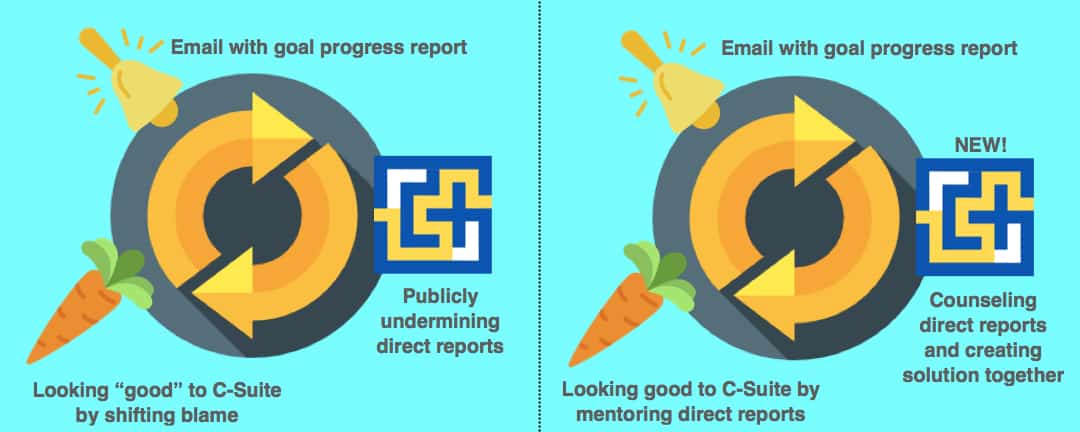
2 – You gotta believe
While it’s true that habits can change, there’s a powerful obstacle in the way of habit transformation…cravings.
Duhigg explained how the repetition of the habit loop over time builds up anticipation of a reward in advance of actually receiving the reward. So, aside from simply altering cues and changing behaviors, a key element to overcoming bad habits is having the belief that it is indeed possible.
For the attendees of Alcoholics Anonymous (according to the book), that often boils down to the simple belief in an agnostic “higher power” plus a built-in support system to encourage you that you can succeed in conquering addiction.
For employees in your organization, fueling the belief in eventual habit change can happen in a number of ways:
- Messaging from senior management that enthusiastically verbalizes belief in the new task at hand and the strength and ability of its employees.
- Citing examples of past instances when the employer has realized positive change and what it took to get there.
- Anticipating pitfalls that could lead to falling off the proverbial bandwagon and making plans about how to avoid those missteps in advance.
- Empowering employees to be a part of the process by actively involving them in ideation, execution and evaluation of change management.
- Pairing employees with peer buddies or mentors to whom they may turn when the urge to revert to past behavior resurfaces.
3 – Don’t underestimate the impact of small wins
An easy way to fuel your organization’s collective belief in the ability to change long-ingrained habits is by creating opportunities for frequent and attainable small wins. In Duhigg’s book, he details how Olympic swimmer Michael Phelps builds confidence in himself with pre-race rituals that form mini-habits on which he can build larger habits that enhance his performance and help him visualize his future success. Simple examples include his music playlist, the fact that he gets on and off the swim podium a certain number of times and his race week diet.
What small wins can you introduce at your company to build momentum for your organizational habit reformation?
- Distribute afternoon snacks on Mondays.
- Endeavor shorter, more digestible goals that are achieved over a couple of weeks rather than an entire quarter.
- Take requests to play songs over the intercom on Fridays.
- Hit a bong every time a new sale is made.
- Offer a means for employees to publicly appreciate co-workers who go above and beyond during a specific week.
4 – Strong values support habit reformation
Consider how your core values support your existing company habits. Or, if you don’t have established core values that are officially recognized, you have an opportunity to create them and give employees expectations–essentially a plan–for understanding the right behaviors to fall back on when stress and time constraints take over.
In The Power of Habit, the story of how tension between surgeons and nurses at Rhode Island Hospital led to grave surgical mistakes was a powerful reminder that values and an organizational culture are significant drivers of habit. So contentious was the way in which many surgeons minimized the suggestions of assisting nurses, that on more than one occasion doctors operated on the wrong part of patients’ bodies despite urges from nurses to double check details–sometimes with fatal results.
Fortunately, however, the hospital amidst much public criticism and many malpractice lawsuits was able to engineer a turnaround. It instilled the importance of collaboration as a value and offered examples of how nurses and surgeons could implement protocols for working effectively together as a team before and during surgery.
5 – Focus on keystone habits first
Much like a keystone locks all the other stones in an arch into place, forming positive keystone habits can influence and change other habits for the better, as well. In his book, Duhigg tells the story of how mega coffee retailer Starbucks identified a keystone habit capable of influencing customer service in an optimal direction.
The challenge for Starbucks baristas was to deliver outstanding customer service despite the occurrence of cranky customers on a daily basis. I suppose in the coffee industry the instance of perturbed customers in search of their caffeine fix isn’t all that uncommon! Starbucks executives realized that “willpower” was their critical keystone habit at an organizational level, and they needed to turn it into a habit so that their employees could have the fortitude to be pleasant and helpful despite the occasional negative customer.
To do so, they built training curriculum around empowering employees to choose what their reaction would be to a negative customer well in advance of ever experiencing various situations. They essentially taught willpower and trained it as a muscle. That way, once the cue of a certain customer complaint arrived, baristas would already know the appropriate behavior to implement.
The book cited examples of how the identification of keystone habits can lead to widespread habit improvement. For example, people who start exercising (a keystone habit for many) often start budgeting expenses more regularly and getting more sleep. Families who eat together (another cited keystone habit) tend to raise more responsible, confident children.
Our ExactHire team recently rolled out the “Monthly Nom Nom,” which is a meal shared together the first week of every month. We did it as one of many ways to foster better connectivity in our office which is sometimes challenged by a very flexible work from home policy. Six months out of the year we plan a themed potluck, and the other six months the company springs for a catered, in-office meal. The result has been a better understanding of each other’s daily obstacles simply because better communication has been fostered by breaking bread together. Would the same keystone habit make an impact at your organization, or within your department? Or, perhaps one of these other habits could serve as your organizational keystone:
- Wellness – Offering opportunities to feel better physically can have mental benefits, too.
- Safety – Provide more confidence at work and in others’ effort to take precautions.
- Customer service – Award incentives (aka “pieces of flair”) to employees who set the best example.
- Continuous learning – Create opportunities and rewards for additional learning/training milestones (e.g. book clubs, certifications).
6 – In with the old…AND the new
Given my personal affinity for marketing strategy, I was especially intrigued by the real-life examples of how various organizations have induced consumers–through marketing tactics–into adopting new purchase behavior. Given especially large organizations’ access to highly-sophisticated predictive analytics tools, it is fairly straightforward for a company like Target to predict which women are pregnant before they have even shared the news with the public.
However, Target learned that access to this coveted knowledge can certainly “creep out” consumers if handled too directly. Essentially, they found that the difference between a direct mail piece that says “congratulations on your forthcoming bundle of joy” and a normal coupon mailer that subtly inserts baby product coupons amidst other innocuous household product coupons is billions of dollars in revenue.
Duhigg remarked that to sell something new, you must first wrap it in something familiar. Let that sink in, and then think about its application to your workforce. How many times has management forced a widespread change without buy-in and success amongst employees? The key is to introduce change alongside something that is comfortable and palatable for the audience.
Consider the example of moving from printed new hire paperwork to a paperless employee onboarding software application. With any new software roll-out, user adoption can be a struggle if not prepared for carefully. One way in which you might wrap a new onboarding software platform into something familiar is by emphasizing the fact that new hire paperwork forms will still look the same as in the past (just visible from a screen rather than printed out), but now that forms will be completed electronically it will improve legibility and cycle time.
7 – Don’t underestimate the value of social relationships
Just when you think it can’t get more varied than kebabs to toothpaste to Febreze to gambling addiction, Duhigg shares a compelling history of the Montgomery, Alabama bus boycotts and Rosa Parks’ impact on the civil rights movement in America. He used these stories as a backdrop for understanding the dynamics that must be present for a widespread habit change to take root.
Not surprisingly, core relationships (such as with close friends and family members) are essential to igniting support for one’s objective. However, these relationships only reach so far into the potential network of supporters that are necessary to enact change at a critical mass. In the case of Rosa Parks, her refusal to move to the back of the bus sparked a revolution whereas African Americans who had done the same in previous years in Montgomery had not made their mark in history. So what was the difference?
According to Duhigg, it was the “power of weak ties.” Unlike her bus-riding predecessors, Rosa Parks was a member of a vast number of different social networks (through work, community organizations, ladies groups, church, etc.). She had a large number of loose acquaintances–aka weak ties. While these individuals weren’t her close confidants, they were likely to help her movement as a result of
- peer pressure,
- the wish to avoid ridicule or letting others down, and
- as a simple form of self-preservation through reputation management.
Her large, loosely woven network was the fabric of change in the early civil rights movement. However, the final ingredient to changing the perceptions and habits of many Americans at that time was the emergence of strong leaders (e.g. Dr. Martin Luther King, Jr.) and their ability to give new habits to people who would champion them on their own. For example, African Americans arranged carpools or walked to work instead of riding the buses.
So, from an employer standpoint, what can your organization do to leverage the social ties of your employees? After all, getting buy-in for change from your workforce will be much easier if employees perceive that their peers are on board. Consider the following:
- Appoint well-liked, high-performing employees as employer brand ambassadors to help carry out and support new changes.
- Make it easy for employees to share good news about your organization by providing suggested content for social media posts and emails to outside community influencers.
- Encourage employees to talk about changes within their own corporate peer networks and brainstorm ideas for transitioning smoothly.
- Make sure senior management offers employees a specific plan for which new behaviors to implement in the face of old cues and triggers.
- Enlist the help of vendors, clients, partners and employee family members to help support employees’ efforts to implement change and form new habits.
The Power of Habit emphasized that half the battle of remaking a habit is becoming aware of it and then recognizing the habit loop with its cue, behavior and reward. Now that you are better equipped to do so, you have a responsibility to make a plan for positive change in your own life and organization. I hope your first step in that direction is grabbing this book and reading it for yourself!
